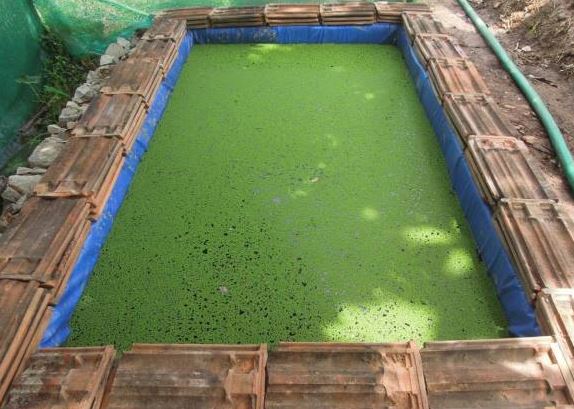Introduction: Azolla, a remarkable aquatic fern, has gained attention for its exceptional potential in various agricultural applications. With its nitrogen-fixing abilities and impressive growth rate, Azolla offers a sustainable solution for enhancing soil fertility and providing nutritious feed for livestock.
Setting the Stage: Creating the Ideal Environment for Azolla Growth
Creating the right conditions is crucial for successful Azolla cultivation. Ensure a water body with moderate sunlight and temperature between 20°C to 30°C. Azolla thrives in water bodies with a pH range of 6.5 to 7.5. Nutrient-rich water supplemented with organic matter is essential for its growth.
Selecting the Right Species: Exploring Different Azolla Varieties
Several Azolla species are available for cultivation, each with its unique characteristics. Azolla pinnata, Azolla caroliniana, and Azolla filiculoides are common choices. Select a species that suits your climate, purpose, and available resources.
Propagation Techniques: Multiplying Azolla Effectively
Azolla can be propagated through spores, fragmentation, or micropropagation. Sporulation involves the release of spores that develop into new plants. Fragmentation includes dividing larger Azolla mats into smaller portions. Micropropagation utilizes tissue culture techniques to rapidly produce Azolla.
Creating a Suitable Growth Medium: Substrates for Azolla Cultivation
A growth medium acts as the foundation for Azolla cultivation. Common substrates include water bodies, cement tanks, or plastic containers. The chosen medium should provide stability, nutrient availability, and optimal water retention.
Nutrient Management: Fueling Azolla’s Nutrient-Rich Growth
Azolla’s growth depends on nutrients like nitrogen and phosphorous. Introducing organic matter or supplementing with organic fertilizers can enhance its nutrient content. Regular water exchange and nutrient monitoring are essential to maintain optimal conditions.
Harvesting and Utilization: Harnessing the Potential of Azolla
Azolla can be harvested every 7 to 10 days, ensuring that only a portion of the mat is collected to allow regrowth. Utilize harvested Azolla as a biofertilizer for crops, a protein-rich feed for livestock, or even in biogas production. Its ability to fix nitrogen contributes to improved soil health.
Benefits and Future Prospects: Exploring Azolla’s Potential
The benefits of Azolla cultivation are multifaceted. It reduces the need for chemical fertilizers, promotes sustainable agriculture, and offers an eco-friendly feed source. With ongoing research, Azolla’s potential for wastewater treatment, carbon sequestration, and even as a potential source of biofuel is being explored.
Challenges and Precautions: Navigating Potential Hurdles
While Azolla cultivation is promising, challenges like excessive growth, contamination, and temperature sensitivity can arise. Regular monitoring, maintaining optimal conditions, and addressing issues promptly are key to successful cultivation.
Conclusion
Azolla cultivation presents an exciting opportunity for sustainable agriculture and resource utilization. By understanding its growth requirements, propagation methods, and diverse applications, farmers and enthusiasts can harness the power of this remarkable aquatic fern to contribute to a greener and more productive world.


